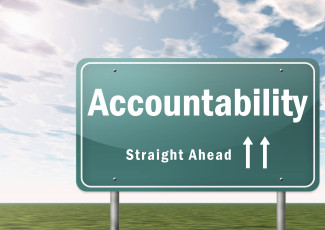Measuring Your Value to the Community
By Dennis Pierce
February 18, 2016
Dallas County Community College District has produced a study of its economic impact on the community the district serves. Here’s what the college system learned.
Want to know how much money the Dallas County Community College District (DCCCD), in Texas, generated for its region in 2012–13? (The answer is $4.8 billion.) Or how many jobs that equates to? (More than 70,000.) Or how much money DCCCD students earn in higher wages for every $1 they invest in tuition and other expenses? (It’s $4.40, on average.)
Like a growing number of community college systems nationwide, DCCCD has set out to measure its value to the community it serves, using actual figures derived from an economic-impact study.
The trend comes as public scrutiny of U.S. higher education is on the rise, and some lawmakers have begun to question the value of a college education. Community colleges are fighting back with studies like DCCCD’s, which was published last year.
DCCCD Chancellor Joe May says the national focus has shifted from student access to student success, and economic-impact studies are an important tool to help community colleges demonstrate their success. But he recommends that community college leaders approach the process from a standpoint of measuring their impact on the community as a whole and not just the students they serve.
“We’re more than a $375 million budget. We’re a major driver of economic growth in the community,” he says.
DCCCD partnered with Economic Modeling Specialists Intl. (EMSI), of Moscow, Idaho, to complete the study. EMSI did a similar study estimating the value of community colleges nationwide in 2014, and it has contracts with community colleges in Texas, California, and elsewhere to study the economic impact of those institutions.
Justin Lonon, executive vice chancellor at DCCCD, says EMSI spent time with the community college system’s financial team and asked for several data points to complete the study. He says the process took several months and cost DCCCD about $10,000.
How to maximize use of the report
DCCD has used the study in advocating for more funding from the state legislature, among other lobbying efforts, May says. System leaders also have used the study internally to support their planning.
“We use this in our board planning process to talk about our relationship with the community,” he says. “We weave it into our revenue and budget discussions as we make sure our budgets are aligned with our overall priorities. We also use it to remind our faculty and administrators that we’re part of a much larger community, with the goal of making sure that we’re very strategic in terms of how we interact with the community.”
Other tools to measure impact
The economic-impact study is one of many tools the community college system uses to measure its success within the community.
“We also spend a lot of time looking at the wages of our individual graduates,” May says. “And we’ve invested substantially in a labor market intelligence center that tells us much more precisely what’s going on with the job changes in our community.”
He concludes: “When we look at the overall economic-impact analysis, combined with the labor market analysis and what’s happening with individual students, it gives us a much better picture of how we need to be using and aligning our resources to have an even greater impact on the community.”







